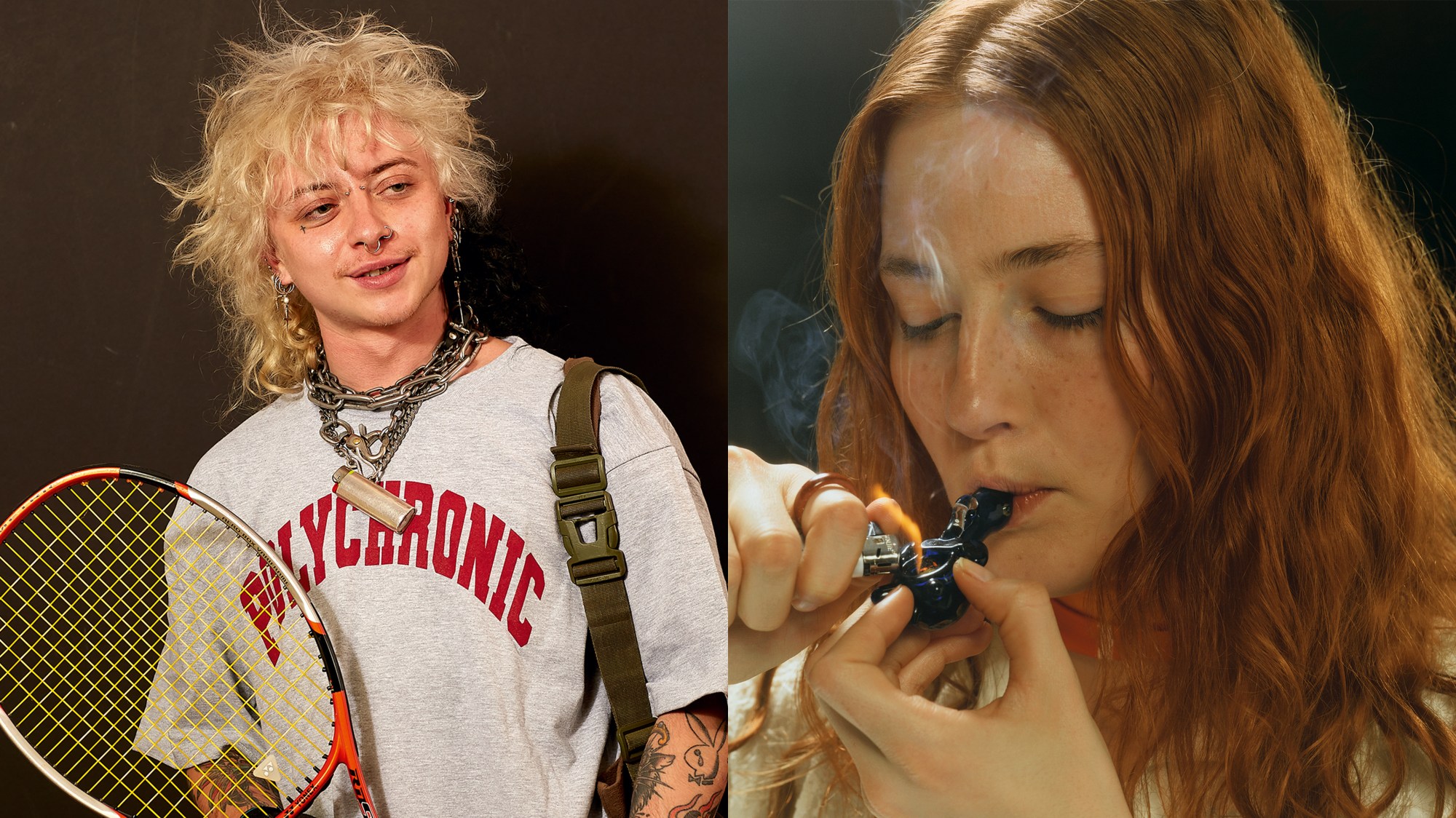In 1986, when Roe Ethridge was in his sophomore year of high school, he and Andy Warhol took a walk through New York City. But it wasn’t New York as normal — it was burnt-out, post-apocalyptic New York, and Roe was sprinting through the rubble. Turning backwards, he shouted at Andy to hurry up, who, lagging behind, replied: “Okay,” in his distinctive slow voice.
The pair — armed with guns in a Danny Glover and Mel Gibson Lethal Weapon-esque buddy action film scenario — came across a white, suburban-looking family who were squatting in the rubble of what used to be a home. “When I woke up, I realised I was selling them crack,” says Roe, reminiscing about the dream. “Andy Warhol was standing beside me doing his Andy Warhol thing. I was becoming obsessed.”
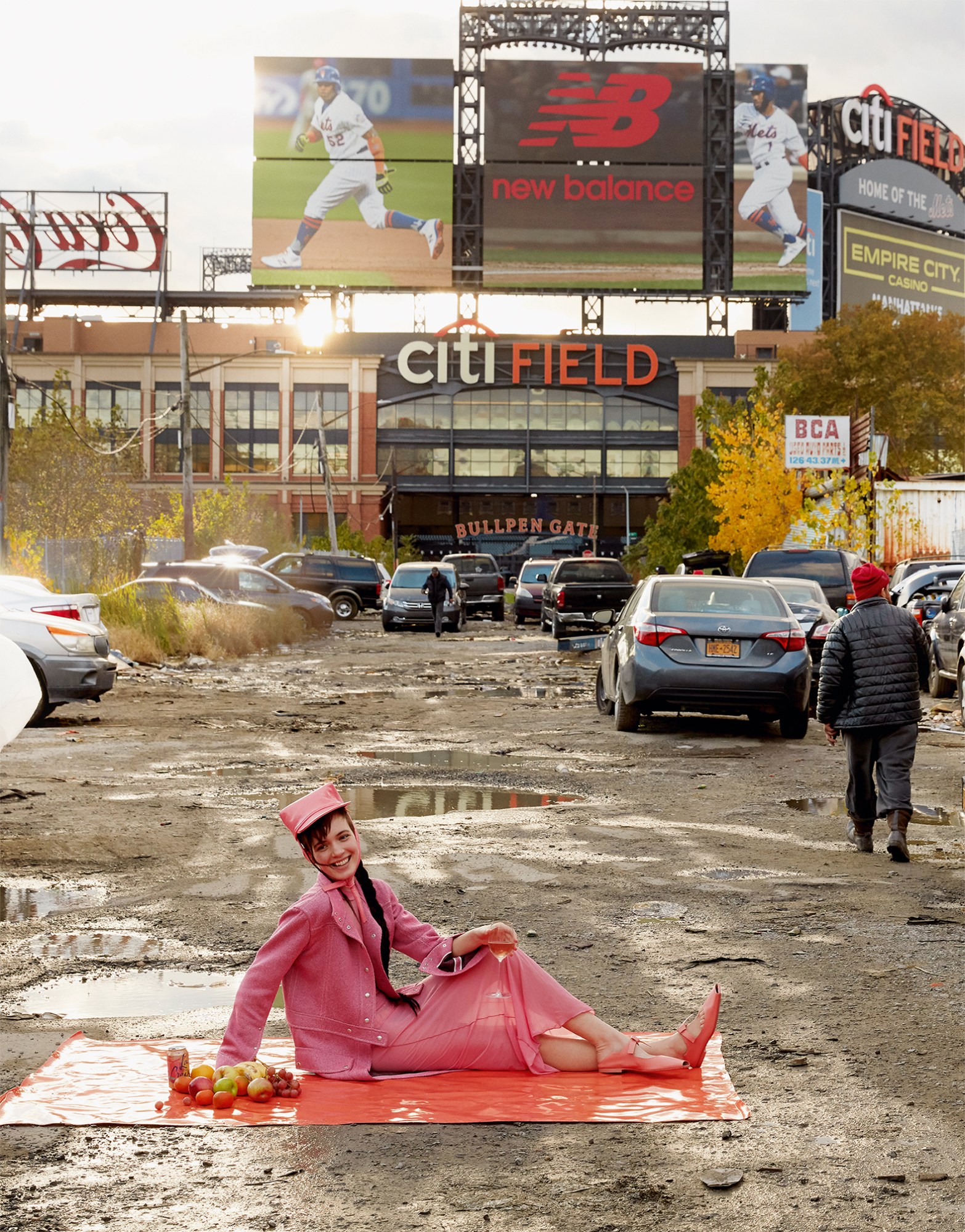
Beyond the influence of Warhol, Roe cites Lee Friedlander, the legendary American photographer who specialises in more documentary-style pictures, as formative to him. Looking through Roe’s work throughout the decades, despite the wildly contrasting styles of Warhol and Friedlander, aspects of both of their distinctive markings can be seen throughout. Elements of Warhol’s bright, fun, stripped-back pop art style and Friedlander’s incisive social analysis appear in myriad forms. “I’ve thought about it since,” he says. “And they were both droll personas; there’s something very American and prolific about them. I feel like whatever that is has shaped my work.”
A collection of Roe’s images — mined from his archive of work shot between 1999 and 2022 — forms a new monograph, American Polychronic. Arranged curiously, his commercial assignments for magazines and adverts appear in chronological order, while pictures from his personal and exhibition-focused projects appear in reverse. The result is a work greater than the sum of its parts. While his campaign imagery often veers towards the surreal, much of his artistic and personal work plays with the everyday. It creates a photographic score full of harmony and dissonance. Roe, who was in rock bands growing up, sees crafting a photography book much like composing a song.

“It does have a connection to the music idea,” Roe says. “Polyphonic and polychronic are things that I like — it seemed to me to be very appropriate for what I was trying to do in the book. Perhaps it’s all a self-portrait in a way.” The self-reflection can be found in many of his pictures, whether obviously or lurking in the background. Growing up in a white, suburban neighbourhood in the American south, Roe photographs many of the objects, characters and places that reflect the USA and his surroundings through his own eyes and lens.
“Going to school throughout the first wave of identity politics awareness in the 90s, I didn’t really have anything to hang my hook on,” he says. “I’m the whitest piece of white bread. By profile, I’m pretty much in the middle — middle class, boring, it’s almost not like having an identity.” But in his photographs, Roe takes being in the middle to another level, using generic, everyday items and facial expressions but often juxtaposing them to make them feel out of place, subverting their normalcy. “Growing up, we had these catalogues, like Sears or JCPenneys, which had more pages than the Bible,” he says. “And each page has more than 100 pictures on it, like things you want for Christmas or what you want for your birthday.”
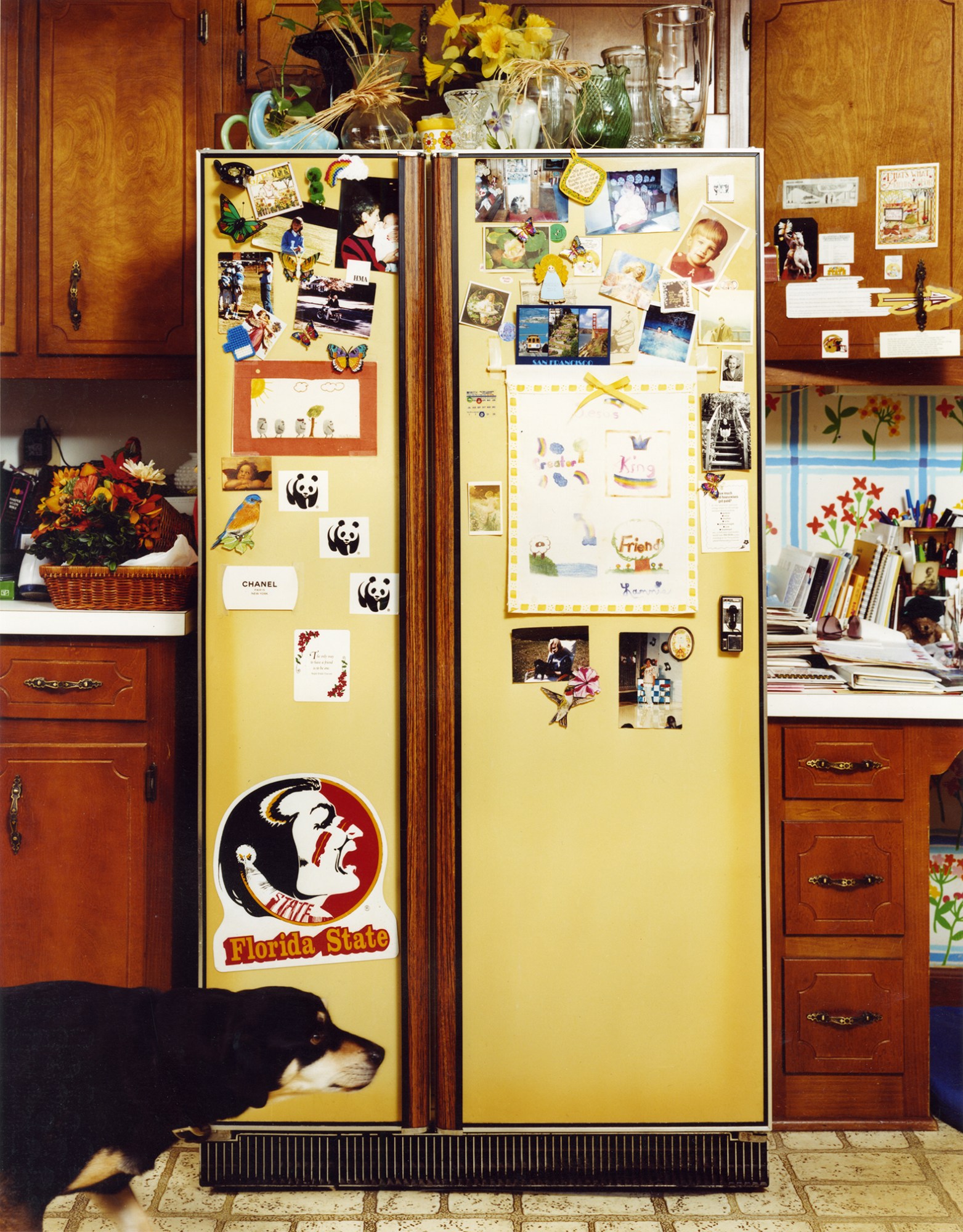
The images in these catalogues — thousands of stock, generic photographs — became a trope that he has played with throughout his career and appear through American Polychronic. In particular, his love for everyday items wedded to certain times and places is most acute in his still-life pieces. The pictures are not only self-reflective but look outwards to the iconography, life and culture in American white suburbia; a dress a model is wearing or the stove in a kitchen.
“I want the ordinary to be communicative,” Roe says. “There is a certain ordinary wherever you are, and, in my case, this is where I am. If I lived in another place, it might be different; the coffee might not look the same or whatever.”
‘American Polychronic’ by Roe Ethridge is published by MACK
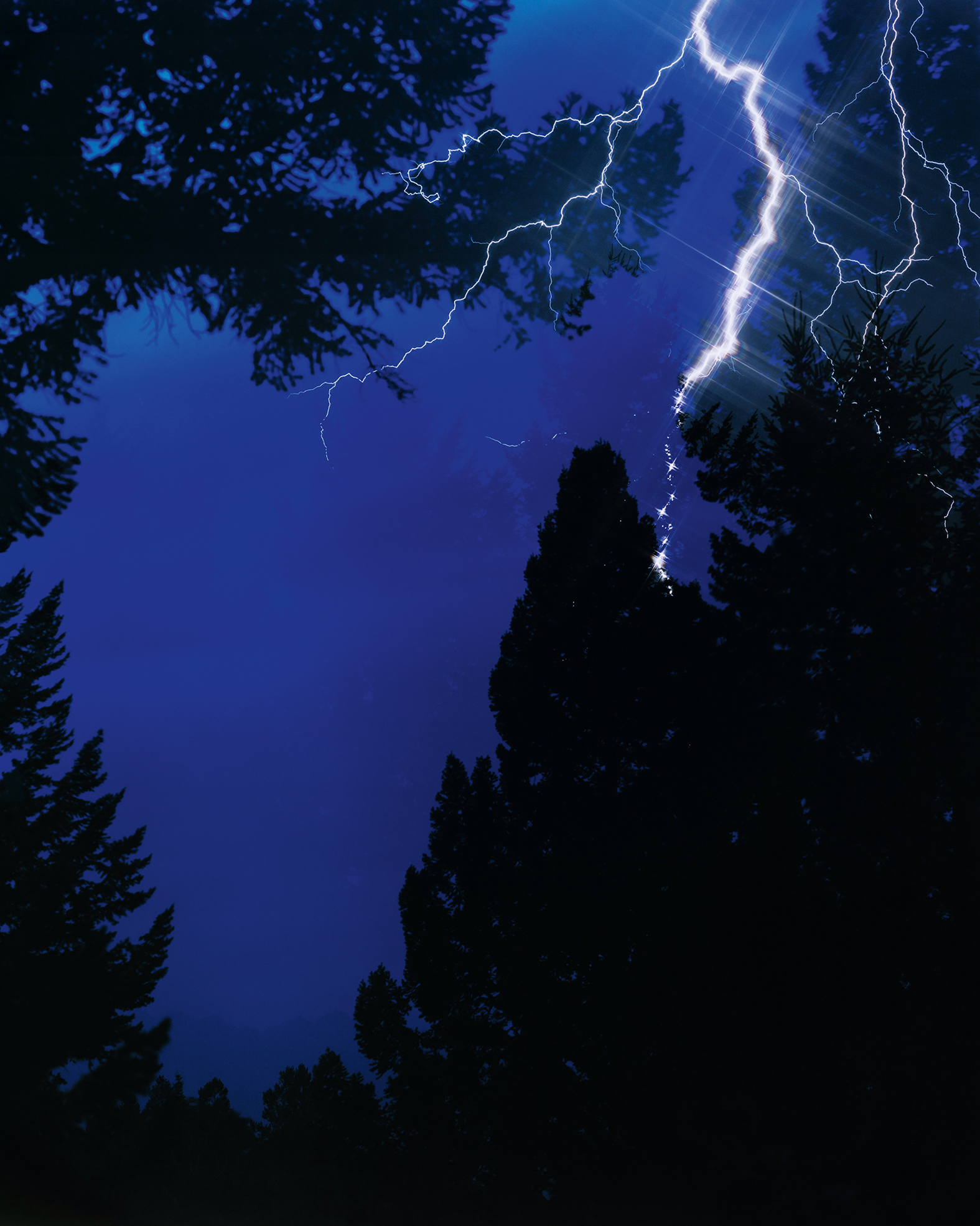
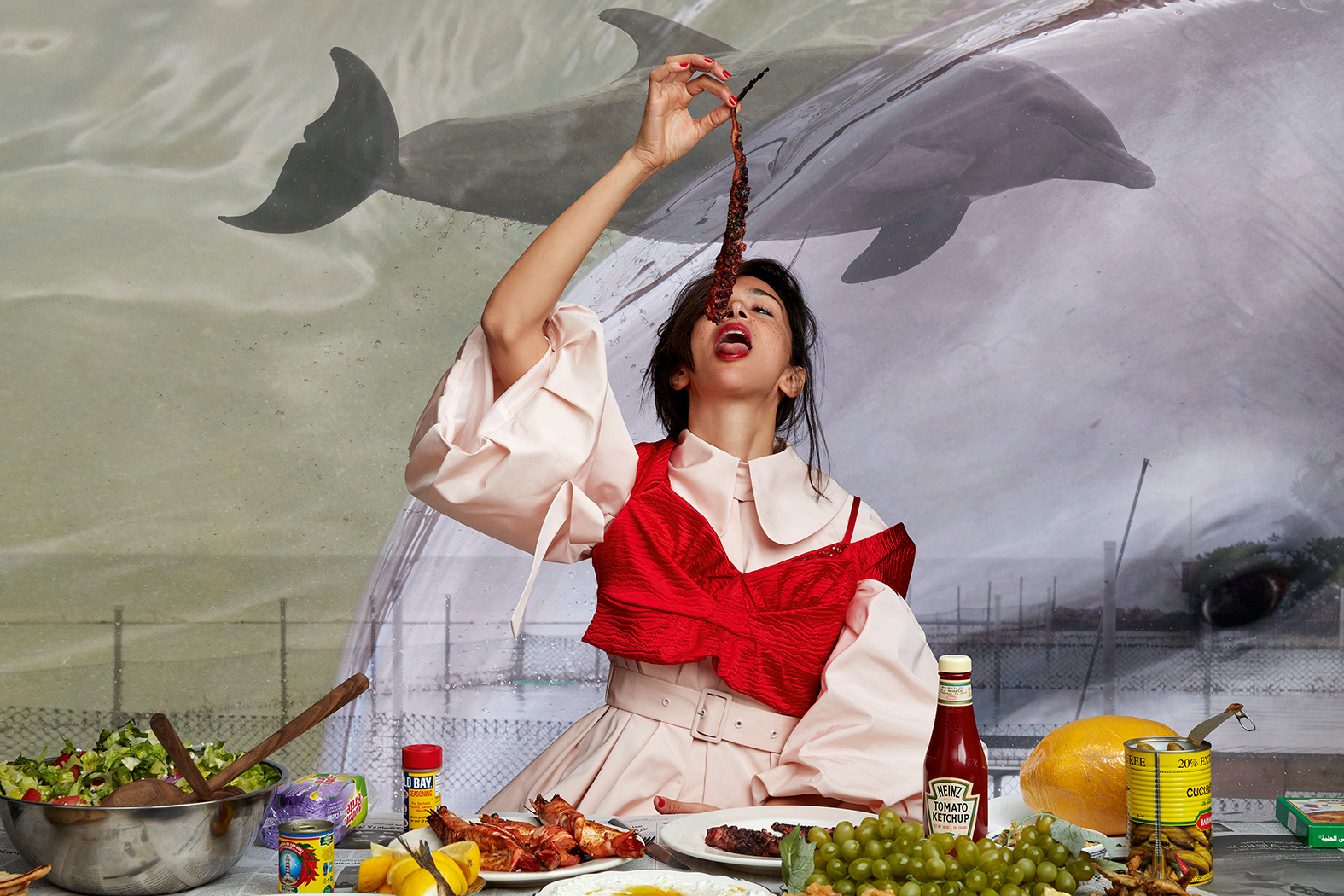
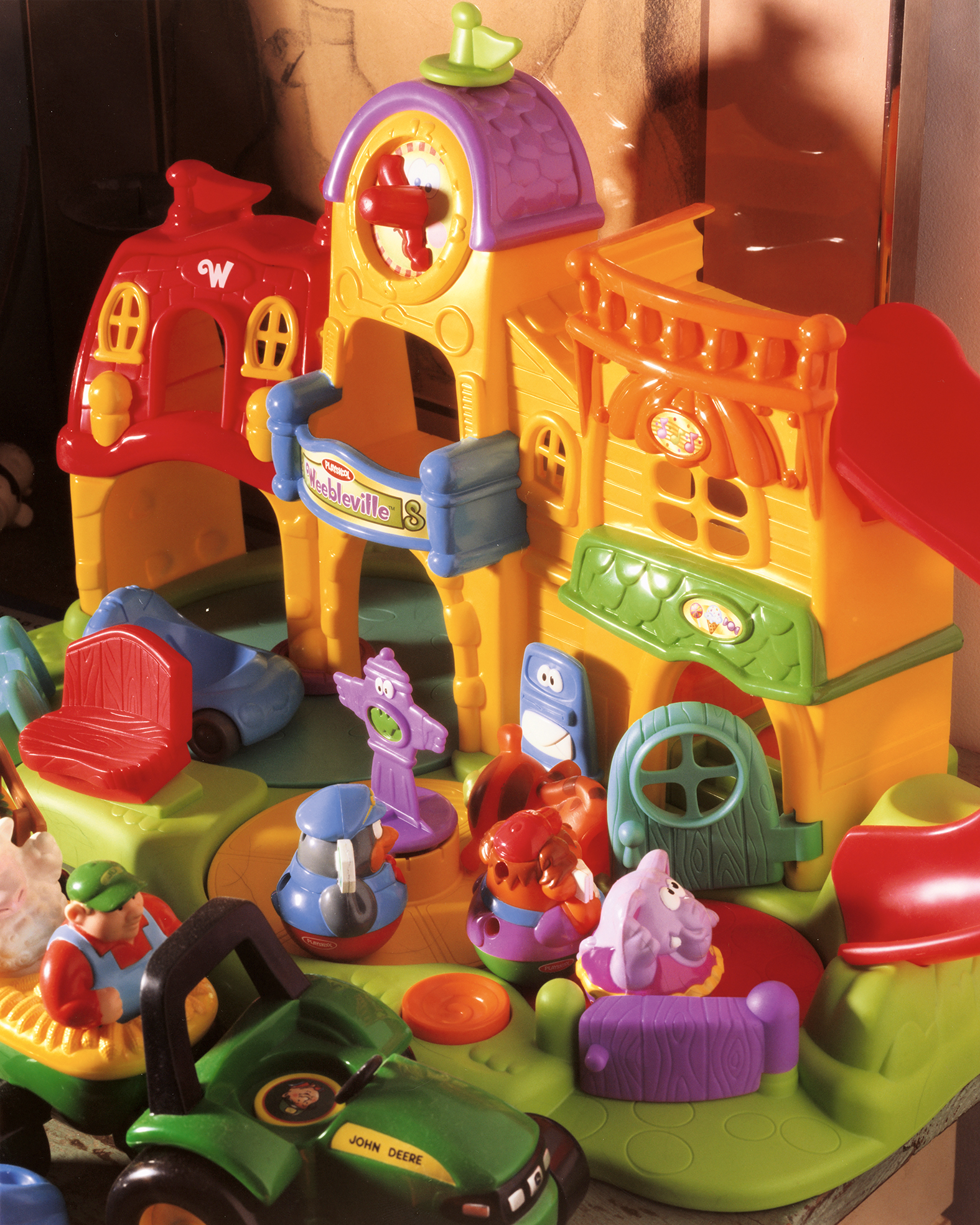

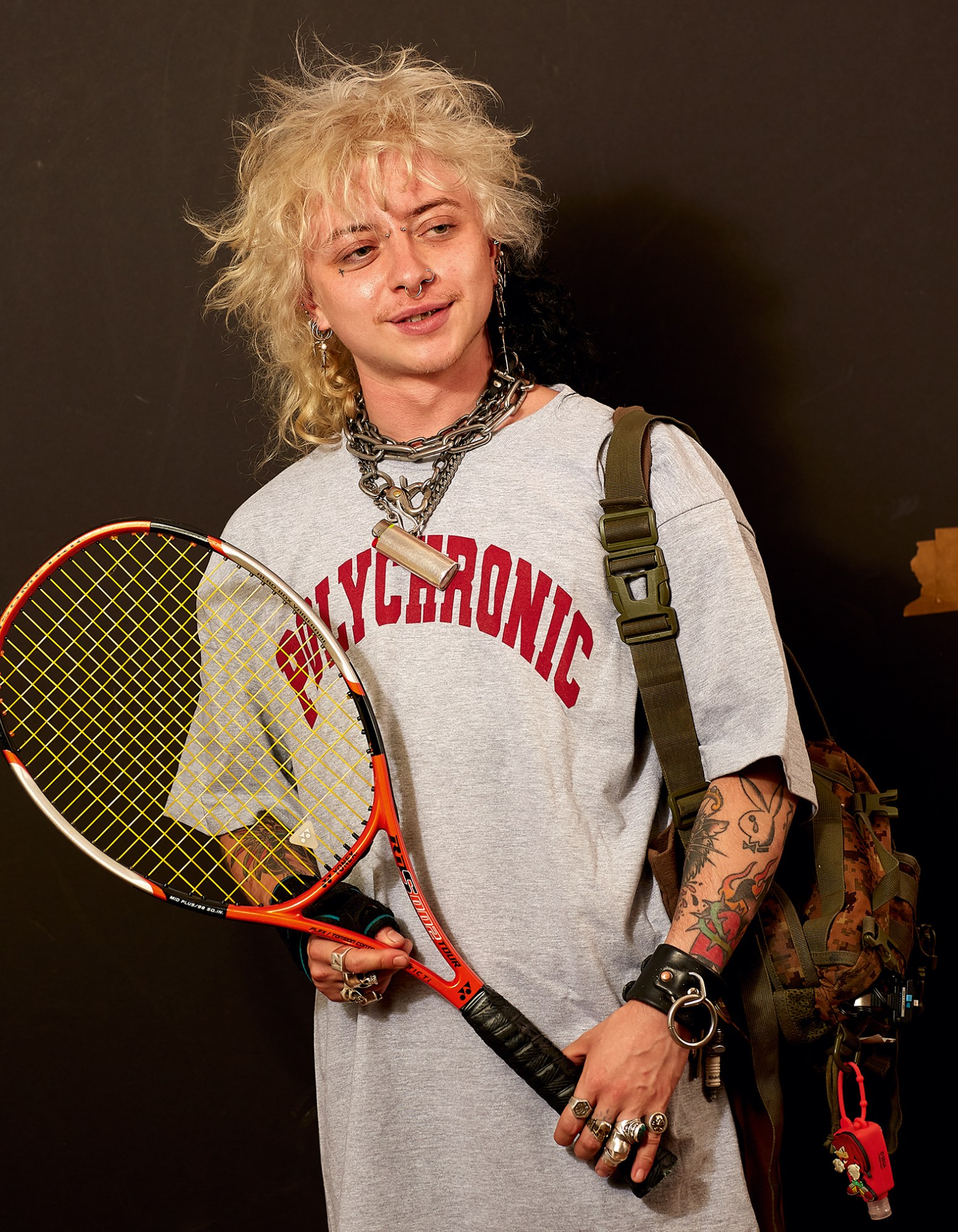
Credits
All images courtesy of the artist and MACK.
